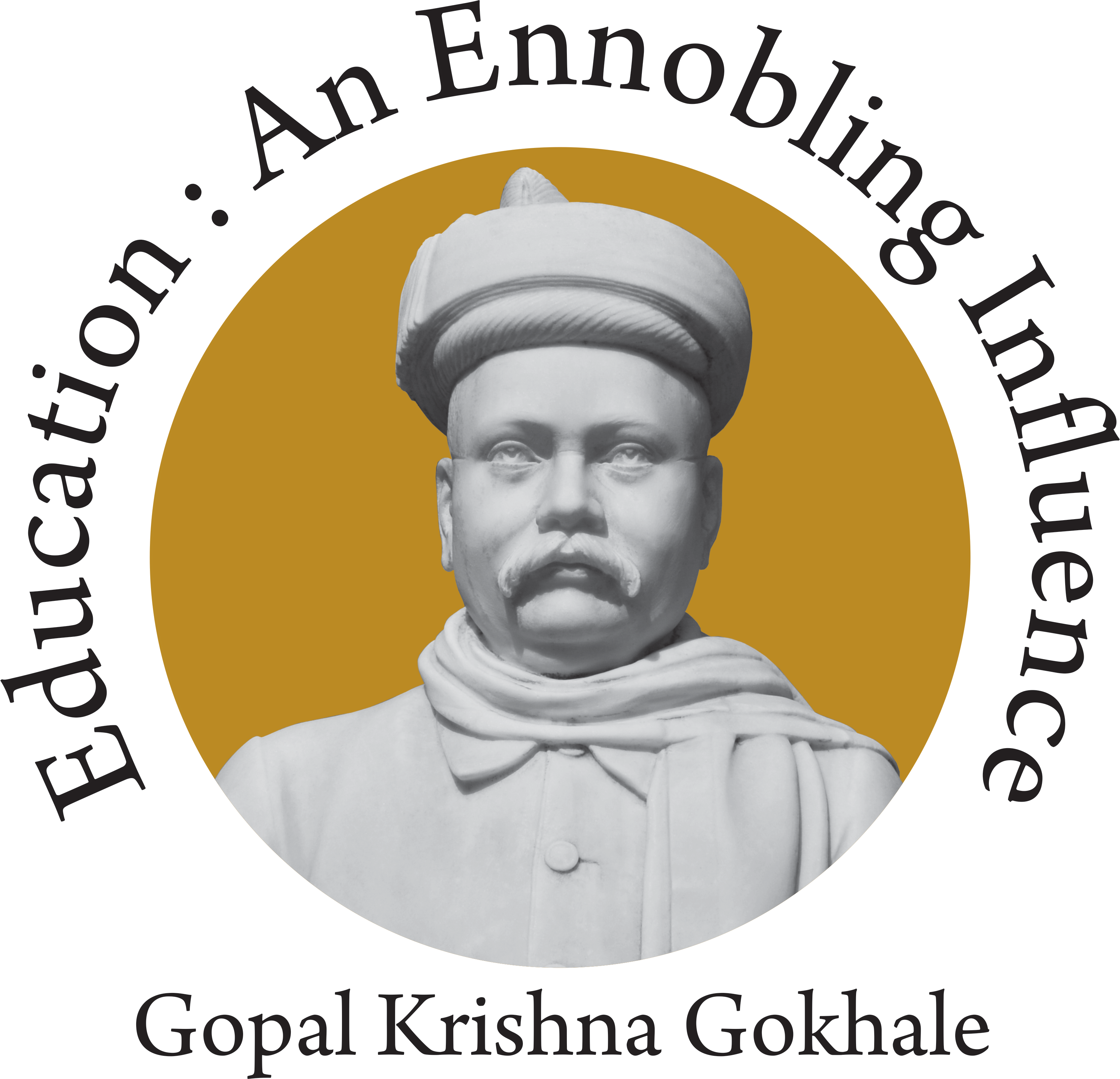| dc.contributor.author | Parchure, Rajas | |
| dc.date.accessioned | 2016-08-03T07:16:52Z | |
| dc.date.available | 2016-08-03T07:16:52Z | |
| dc.date.issued | 2016-02-05 | |
| dc.identifier.uri | http://hdl.handle.net/10973/39907 | |
| dc.description | Seminar delivered at GIPE on 21 October 2015 | en_US |
| dc.description.abstract | This paper explores the existence of monetary general equilibrium in the context of a classical model of general equilibrium theory. It begins by constructing the model of an ideal economy in which money is inessential This model is the counterpart of the Arrow-Hahn model that has no place for money. It then proceeds to articulate a more realistic model of a barter economy in which money plays an essential role in reducing transaction costs and materially improving the economic outcome. Techno-institutional arrangements of currency and credit moneys have been discussed and the conditions under which a unique positive general equilibrium exists have been obtained. General disequilibrium is shown to prevail if a part of the proceeds or income generated by currently produced outputs are devoted to accumulating money balances, i.e. saving exceeds investment. Fiscal solutions for restoring full employment general equilibrium have also been demonstrated. | en_US |
| dc.language.iso | en_US | en_US |
| dc.publisher | Gokhale Institute of Politics and Economics (GIPE), Pune (India) | en_US |
| dc.title | Money and general disequilibrium, Part I: Static economy | en_US |
| dc.type | Article | en_US |

